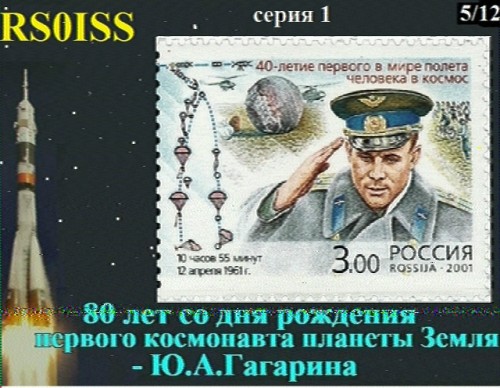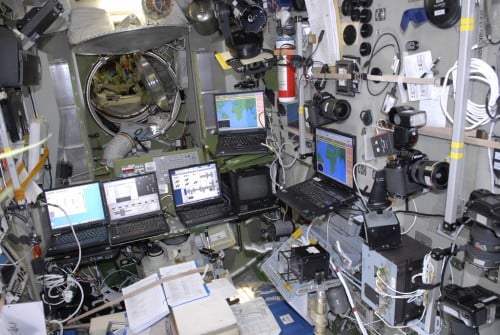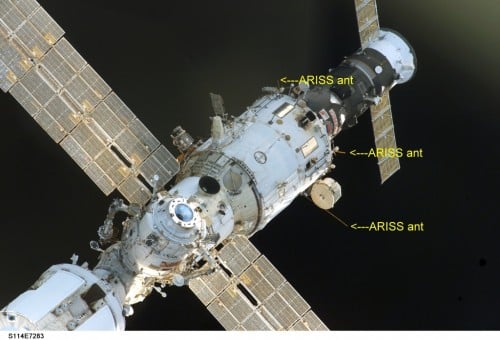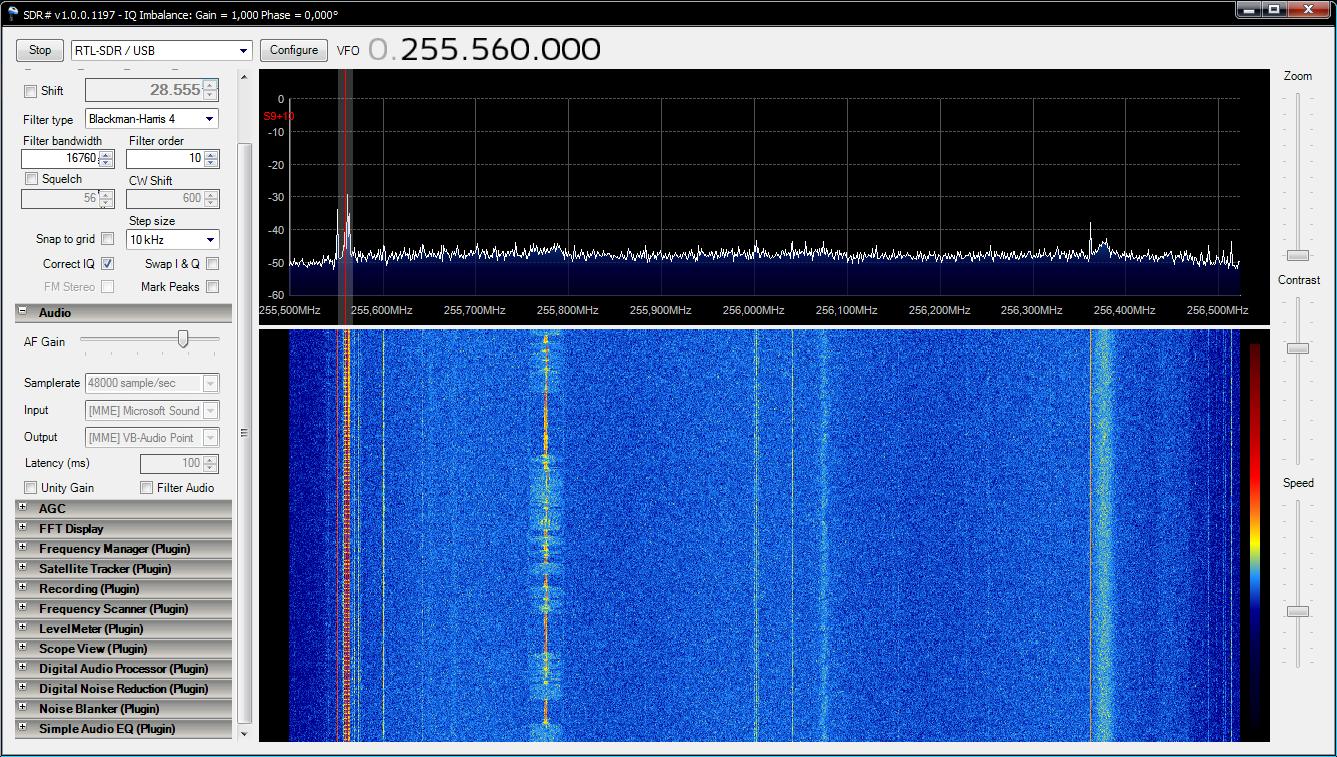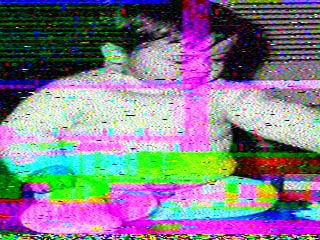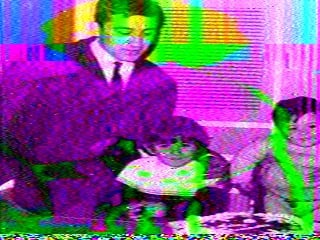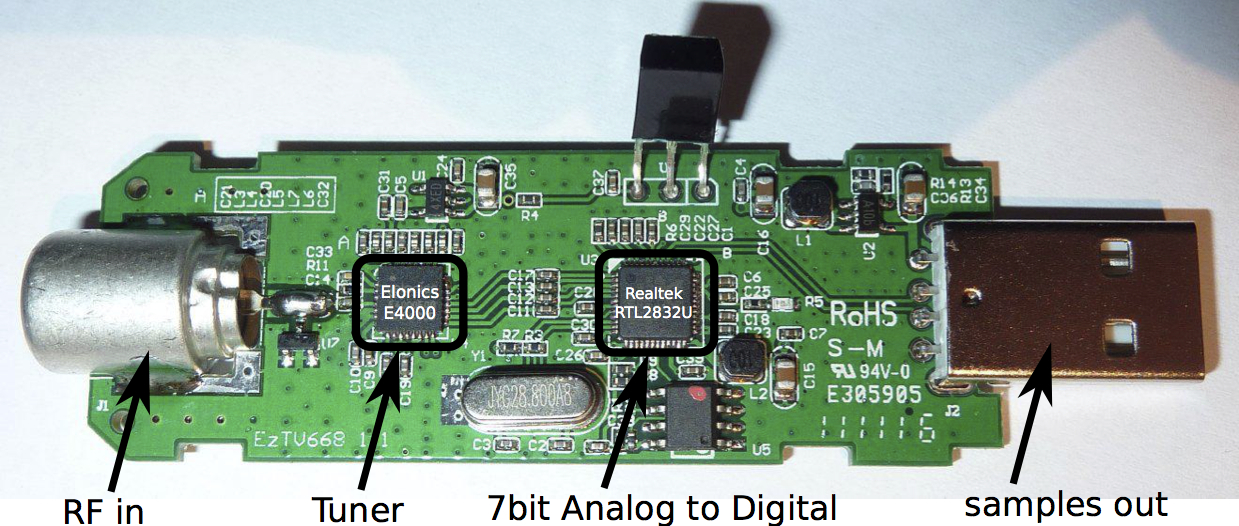The International Space Station is Transmitting SSTV Images
Happysat, a reader of RTL-SDR.com has written in to remind us that the International Space Station (ISS) is currently transmitting slow scan television (SSTV) images out of respect of the 80th birthday of Russian cosmonaut and first man to go to space Yuri Gagarin. The images will be transmitted continuously until 24 February 21.30 UTC.
SSTV is a type of radio protocol that is used to transmit low resolution images over radio. A RTL-SDR dongle and satellite antenna (QFH, turnstile, even terrestrial antennas like random wire antennas and monopoles have been reported to work) can be used to receive and decode these images. Happysat writes that it is expected that the ISS will continuously transmit 12 images at a frequency of 145.800 MHz FM using the SSTV mode PD180, with 3 minute off periods between each image.
To decode the images it is recommended to use SDR# and pipe the audio into MMSSTV, a freeware SSTV decoding software program. To get the best results out of MMSSTV happysat recommends enabling “Auto slant” and “Auto resync” under Options->Setup MMSTV->RX.
To know when the ISS is overhead you can track it online using http://spotthestation.nasa.gov
Received SSTV images can be submitted to the ARISS Gallery, and Happysat has also uploaded a collection of his own personal received images here.
Happysat also shows us some images from the ISS showing the Kenwood D710 transceiver located in the Russian service module, the computers used to generate the SSTV signal and the antennas used for amateur radio transmission.
